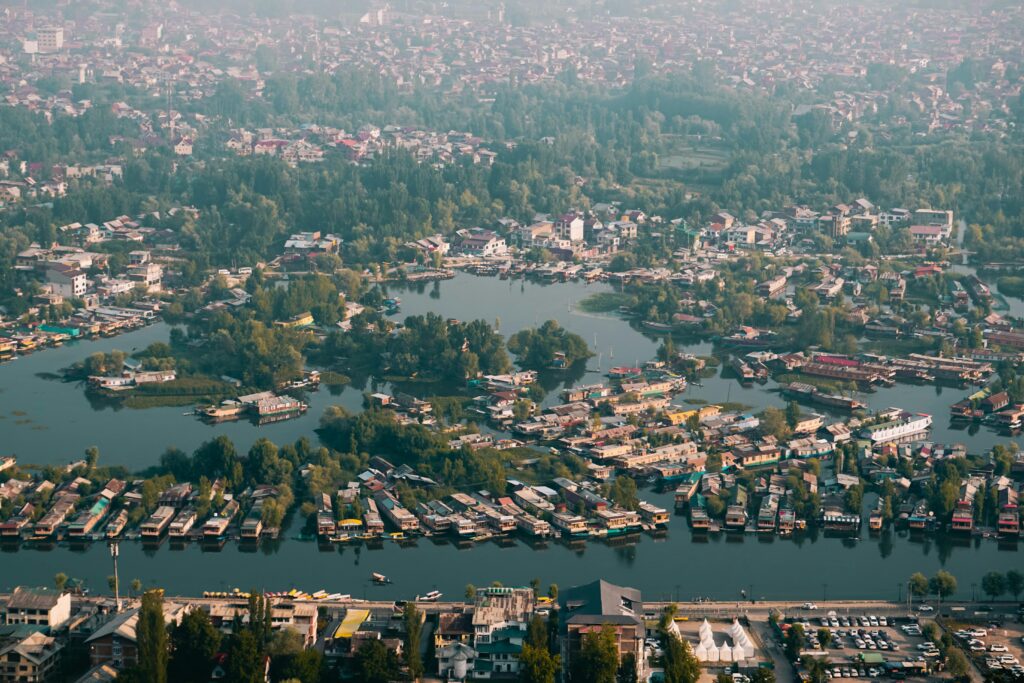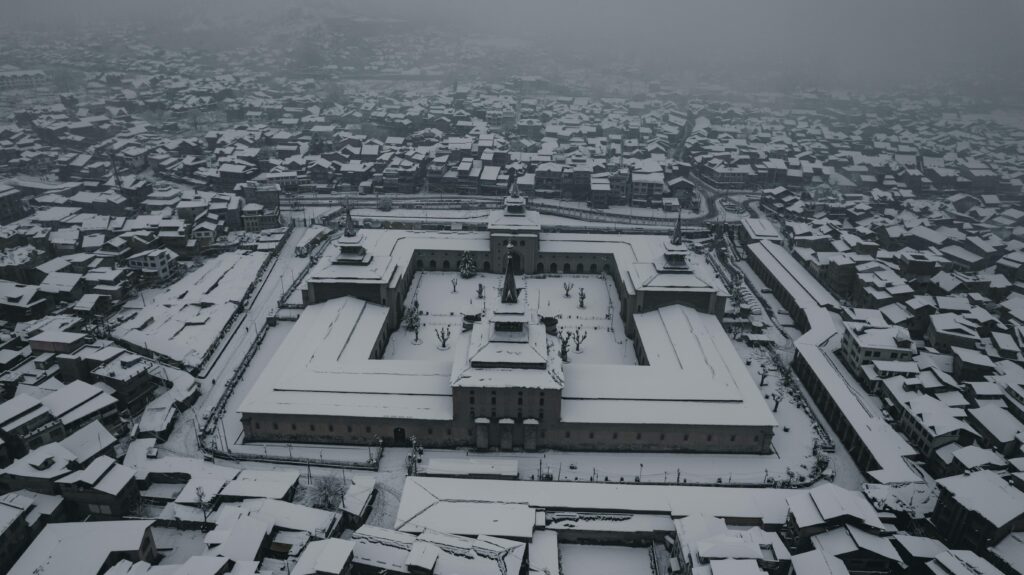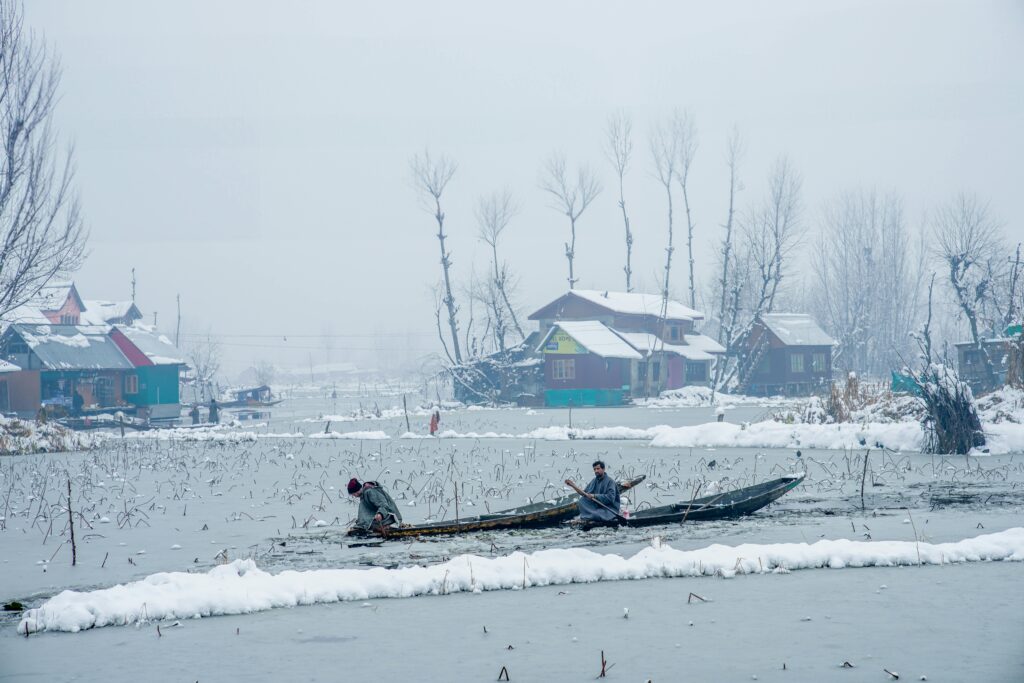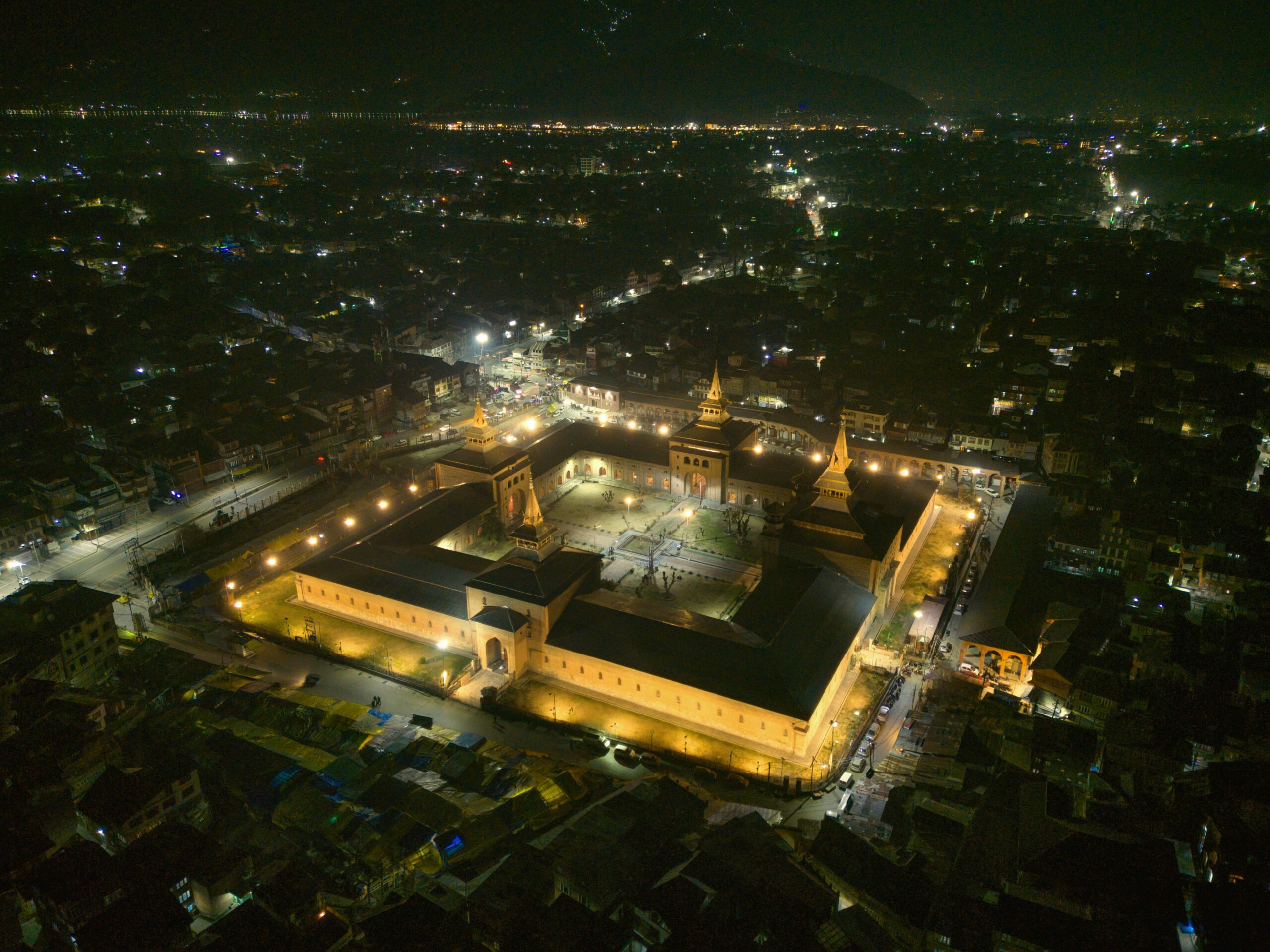The April 22 attack on tourists in Pahalgam’s Baisaran Valley—where militants gunned down nearly 30 visitors—has unleashed more than grief and outrage. It has brought Kashmir’s burgeoning tourism industry to a sudden, grinding halt. Once celebrated as India’s fastest-growing travel destination, Jammu and Kashmir now grapples with empty hotel rooms, idle guides, and shuttered souvenir stalls. This article examines the deep and lasting fallout: the economic losses, community trauma, and steps underway to restore confidence in a region scarred by violence.

From Boom to Bust: Kashmir’s Tourism Trajectory
Just last year, Jammu and Kashmir welcomed a record 3.5 million tourists—43,000 of them from abroad—and tourism accounted for roughly 6 percent of the territory’s GDP. Adventure seekers flocked to Pahalgam’s meadows for trekking and horse-riding, while pilgrims visited the nearby Amarnath cave shrine. Homestays sprang up in remote villages, creating new income streams. Government-backed festivals, G20 side-events, and targeted marketing campaigns had positioned Kashmir as both an escape and an emerging global hotspot.
In the six weeks following the Baisaran massacre, authorities estimate tourist arrivals have plunged by 70 percent, with some valleys reporting zero bookings through the summer. Hotels that once charged ₹5,000 per night now offer cut-rate deals at ₹1,500, and up to 80 percent of guesthouses are closed indefinitely. Tour operators warn that without urgent intervention, many will fold by monsoon season.
The Human Toll: Beyond the Ledger
Behind the economic statistics lie stories of families teetering on the brink. In Pahalgam town, 60 percent of households derive their main income from tourism—drivers, porters, guides, tea-shop owners, and cottage-industry artisans. Now, some face months without pay. Women who baked walnut cakes and embroidered shawls for passing tourists find no market for their crafts. Young Kashmiris who saw travel and hospitality as an alternative to government jobs or militancy are reconsidering life choices as opportunities vanish.
Psychologists report rising anxiety and depression among locals. Community leaders describe a pervasive sense of “collective shame”—a fear that Kashmir will be forever branded unsafe. Several guides have stopped answering calls from would‐be visitors, citing threats of fresh violence. In the villages of Aru and Betaab Valley, home-stay hosts board up windows, while children, once practicing English with school-tour groups, now attend extra classes to prepare for jobs outside the tourism sector.

Government and Industry Response
Delhi and Srinagar officials have launched a multi-pronged recovery plan:
- Compensation Fund: A ₹500 million relief package offers immediate cash grants (₹10,000 per affected family) and zero‐interest loans to tourism businesses.
- Security Overhaul: Checkpoints and quick-response units have been deployed along key highways and popular sites. Tourist-police helplines and mobile-app “safe-travel” trackers promise 24/7 assistance.
- Domestic Campaigns: With international bookings at a standstill, the Tourism Department is running “Rediscover Kashmir” promotions in major Indian metro areas, offering subsidized train packages and “Kashmir Tourism Vouchers” for March–May travel.
- Public–Private Partnerships: Collaborations with travel platforms aim to launch refundable, no-questions-asked booking policies, and joint marketing with airlines to guarantee safety briefings and local guide escorts.
- Cultural Festivals: Plans are afoot to revive autumn saffron and spring tulip festivals, turning them into high-visibility events with central security details to draw domestic crowds.
Yet industry experts caution that announcements alone cannot erase fears. “Trust must be rebuilt step by step,” says a veteran Srinagar hotelier. “Every safe arrival, every positive review on social media helps.”
Building Resilience: Community-Led Initiatives
Amid the crisis, locals are taking matters into their own hands:
- Village Vigilance Committees: Small teams of youth and elders patrol remote trails, liaise with police, and issue real-time alerts via WhatsApp channels.
- Homestay Cooperatives: Hosts are pooling resources to share booking leads and cover basic overheads during lean months. They’re also diversifying—offering online cooking classes and virtual cultural tours to maintain income.
- Mental Health Workshops: NGOs and university students are organizing group therapy sessions and resilience trainings in tourism villages, focusing on trauma healing and alternative livelihood skills.
These grassroots efforts aim not only to survive the downturn but to forge a more sustainable, community-driven tourism model less vulnerable to external shocks.
Conclusion
The Pahalgam attack has laid bare the fragility of Kashmir’s tourism miracle. As the territory confronts both economic devastation and communal trauma, the path forward demands coordinated action: stringent security, genuine community engagement, and bold marketing that acknowledges risk while celebrating Kashmir’s unique beauty. Whether the region can reclaim its place on travelers’ maps—and in their imaginations—will depend on rebuilding trust one visitor at a time, and on empowering local people to lead the renaissance they so desperately need.

Frequently Asked Questions (FAQs)
Q1: How significant is tourism to Kashmir’s economy?
Tourism contributed about 6 percent of Jammu and Kashmir’s GDP in 2024 and supported livelihoods for an estimated 200,000 people across hotels, transport, guiding, and handicrafts.
Q2: What measures has the government taken to revive tourism?
Authorities have announced a ₹500 million compensation fund, enhanced security patrols, domestic travel incentives, refundable booking policies, and revived cultural festivals to attract visitors.
Q3: Are domestic tourists still traveling to Kashmir?
While international arrivals have all but halted, weekend domestic bookings to Srinagar, Gulmarg, and Pahalgam remain at about 40 percent of pre-attack levels, thanks to targeted “Rediscover Kashmir” campaigns.
Q4: How can tourists stay safe when visiting?
Travelers are advised to register on the government’s Safe-Travel portal, use accredited guides, avoid dusk-to-dawn outings, and monitor local advisories. A dedicated tourist-police helpline is available 24/7.
Q5: What can local communities do to sustain themselves?
Villagers are forming cooperatives to offer virtual experiences, pooling resources for homestay resilience, and participating in mental health and skills workshops to diversify income sources.
Q6: When might tourism fully recover?
Industry analysts project a gradual rebound by late 2026, contingent on sustained security, positive visitor testimonials, and consistent government-community collaboration on resilient tourism models.
Sources Aljazeera


